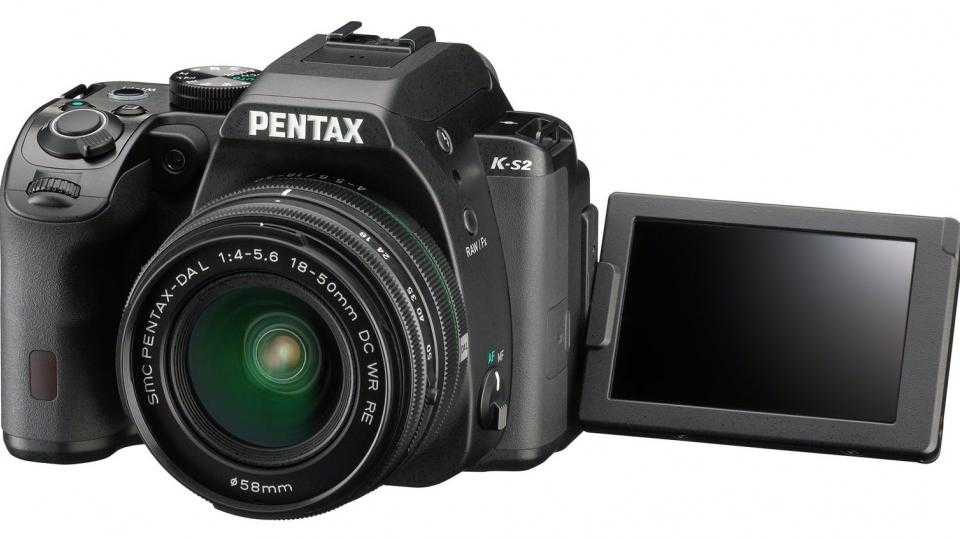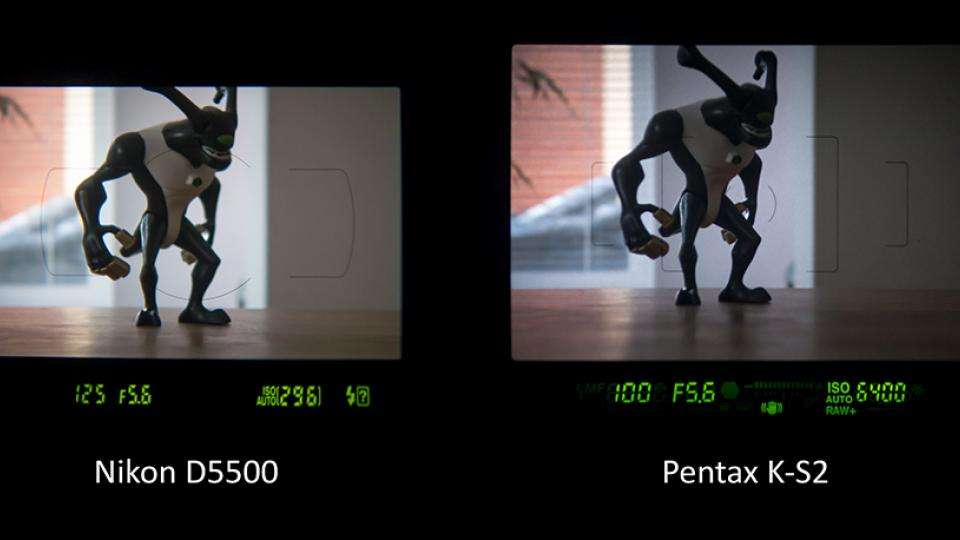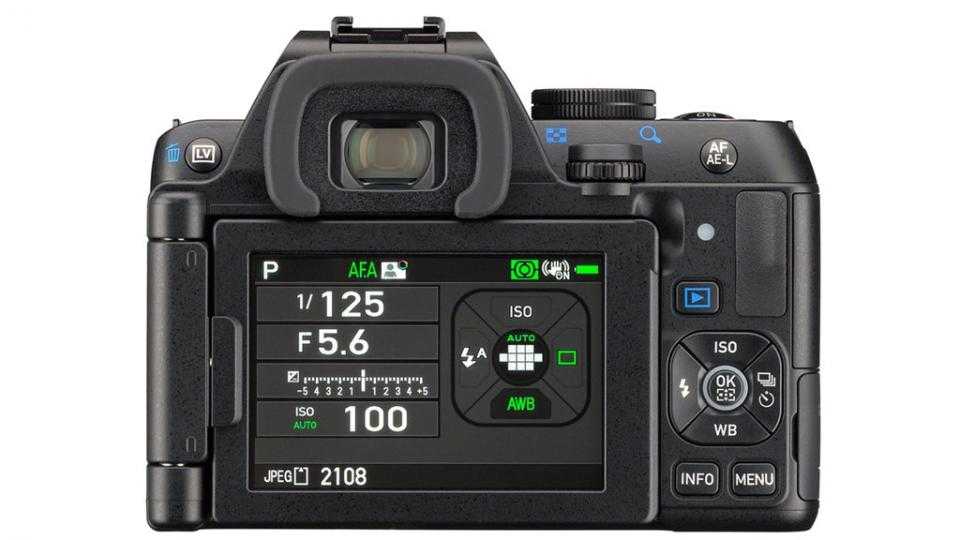We're big fans of Pentax's recent consumer SLRs. They've lacked the latest features such as articulated touchscreens and Wi-Fi, but instead Pentax has gone for large optical viewfinders, elegant controls, weather-sealed bodies and fast performance. They're priced to compete with the likes of the Nikon D5500 and Canon EOS 750D , but their features are more in line with upmarket cameras such as the Nikon D7200 and Canon 70D .
The K-S2 is the latest generation of this series, and Pentax is finally catching up with some modern trends. HDMI makes a long-awaited appearance, as does Wi-Fi. The 3in screen isn't touch-sensitive but it is articulated. A Selfie mode kicks in when the screen is folded out to face forwards, whereupon photos are taken using the Wi-Fi button rather than the normal shutter button, giving a more comfortable grip of the camera.

All the things we've admired about previous Pentax SLRs are here too. The viewfinder is significantly bigger than on other SLRs at this price, equivalent to 0.63x on a full-frame camera and with 100% coverage. We can't stress enough what a difference this makes to the experience of taking photos.

^ These are photos taken through the optical viewfinders of the Nikon D5500 and Pentax K-S2, and show how much bigger the Pentax's viewfinder is.
There are dual command dials for direct access to aperture and shutter speed. The other controls are superbly designed to put key functions within easy reach. For example, the ISO button not only lets you set the ISO speed manually but also the range of speeds available in Auto ISO mode. Optical stabilisation is built into the sensor so it works with any lens including wide-aperture primes. The camera is weather-sealed and so can be used in rain, mist or situations that are prone to splashes. The same goes for the new kit lens.

This lens is much slimmer than its predecessor, retracting to 41mm when not in use. The lens cap adds a further 7mm, but it's still a remarkably petite SLR at 116mm from lens cap to viewfinder. The lens must be rotated to extend it before use, and we found that this action was a little stiff, but it's a minor complaint. The zoom range is a little shorter than normal at 18-50mm (27-75mm in 35mm-equivalent focal lengths) but we can live with that.

WI-FI
Wi-Fi comes with NFC for automatic configuration with compatible devices. After installing the app on an Android phone (it's also available for iOS devices) we were connected in about five seconds, although sometimes it took much longer.
The app can browse photos stored on the camera and take pictures remotely. The latter includes touch autofocus and a full complement of exposure controls, with the camera automatically entering shutter- or aperture-priority mode when either of those settings is adjusted. Transferring photos proved trickier. We eventually figured out the convoluted sequence of button pushes, but while we could send snaps directly to Facebook, the option to save photos to the device was greyed out. This app reminds us of the early efforts by other manufacturers, with a few kinks still be to ironed out.
ALIASING AND HDR
The 20-megapixel sensor doesn't include an anti-alias (AA) filter, which in theory boosts sharpness but increases the risk of aliasing artefacts such as moiré interference. It's quite common these days, but we've always found both the benefit and drawback hard to spot.
The K-S2 is able to simulate the effect of an AA filter with a small shake of its on-sensor optical stabilisation. There's even a bracket mode that captures three shots with different AA simulation settings. It's an interesting idea but even in direct comparisons the difference was extremely subtle. We could just about see it in hair textures in our studio scene when we went looking for it, but otherwise it was lost on us.
^ Without and with anti-alias filtering.
Another function that left us underwhelmed is the HDR mode. Short for High Dynamic Range, this mode captures a couple of frames at different exposure settings and combines them into a single JPEG with a greater range of highlight and shadow detail than would otherwise be possible. It's pretty much standard on digital cameras these days, but the K-S2's implementation produced results that looked gaudy and over-processed.
^ The scene captured with a single exposure. No complaints, although the sky is inevitably over-exposed. (1/320s, f/7.1, ISO 200, 27mm equivalent)
^ The same scene captured in HDR mode.
For creative colour processing, nothing beats shooting in RAW mode and processing on a computer. Pentax makes RAW capture easy with an FX button that's assigned by default to switch to RAW mode for the next photo only. It's also possible to resave the most recent exposure as a RAW file. This is ideal for people who prefer the convenience of JPEGs' smaller file sizes and wider compatibility, but might want to use RAW for the occasional shot with particular artistic merit.
